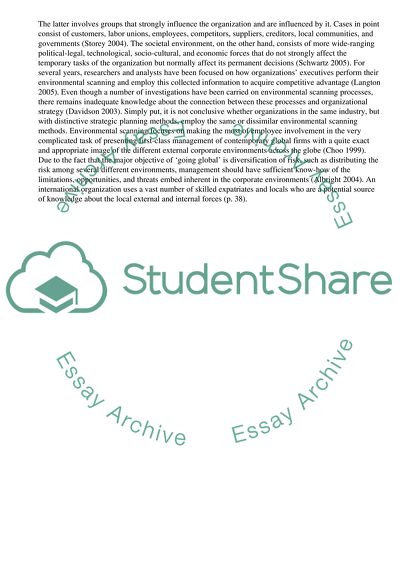Cite this document
(Environmental Scanning Equates to Successful Performance Research Paper, n.d.)
Environmental Scanning Equates to Successful Performance Research Paper. Retrieved from https://studentshare.org/management/1742980-advantages-of-environmental-scanning-and-tools-used
Environmental Scanning Equates to Successful Performance Research Paper. Retrieved from https://studentshare.org/management/1742980-advantages-of-environmental-scanning-and-tools-used
(Environmental Scanning Equates to Successful Performance Research Paper)
Environmental Scanning Equates to Successful Performance Research Paper. https://studentshare.org/management/1742980-advantages-of-environmental-scanning-and-tools-used.
Environmental Scanning Equates to Successful Performance Research Paper. https://studentshare.org/management/1742980-advantages-of-environmental-scanning-and-tools-used.
“Environmental Scanning Equates to Successful Performance Research Paper”, n.d. https://studentshare.org/management/1742980-advantages-of-environmental-scanning-and-tools-used.


